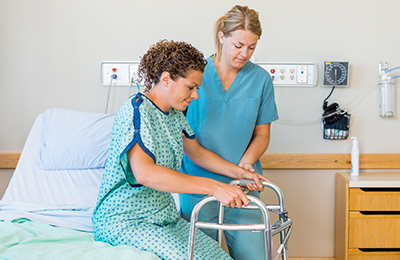Standard and patient matched total knee replacements (TKR)
The knee joint is the largest joint in the body. It is formed by the top end of the tibia (shin bone), the far end of the femur (thigh bone) and the under surface of the patella (kneecap). The surfaces of the bone are lined with articular cartilage which is composed of type II collagen and proteoglycans. The collagen is different to that associated with collagen filler injections.
Osteoarthritis of the knee is a common condition where the articular cartilage becomes damaged and irregular due to breakdown of the collagen fibres. There are a number of reasons why this can happen. Examples include age related ‘wear and tear,’ chronic inflammatory disease, traumatic arthritis, and some birth defects.
